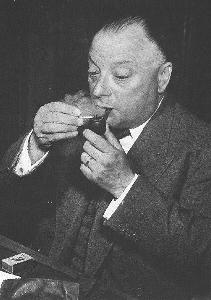
Wolfgang Pauli (1900-1958), Austrian physicist who won the Physics Nobel price for his idea of the exclusion principle: two electrons, and more generally two fermions, cannot have the same quantum state (position, momentum, mass, spin)
The neutrino is a type of fundamental particle with no electric charge, a very small mass, and one-half unit of spin. Neutrinos belong to the family of particles called leptons, which are not subject to the strong nuclear force. There are three types of neutrino, each associated with a charged lepton--i.e., the electron, muon, and tau.

Wolfgang Pauli (1900-1958), Austrian physicist who won the Physics Nobel price for his idea of the exclusion principle: two electrons, and more generally two fermions, cannot have the same quantum state (position, momentum, mass, spin)
The Italian-born physicist Enrico Fermi further elaborated (1934) the proposal and gave the particle its name, the neutrino which meant "little neutral one". An electron-neutrino is emitted along with a positron in positive beta decay, while an electron-antineutrino is emitted with an electron in negative beta decay.
Neutrinos are the most penetrating of subatomic particles because they react with matter only through the weak interaction. Neutrinos do not cause ionization, because they are not electrically charged. Only 1 in 10 billion, traveling through matter a distance equal to the Earth's diameter, reacts with a proton or neutron. Electron-neutrinos were first experimentally observed in 1956 by monitoring a volume of cadnium chloride with scintillating liquid near to a nuclear reactor. A beam of antineutrinos from a nuclear reactor produced neutrons and positrons by reacting with protons.
All types of neutrino have masses much smaller than those of their charged partners. For example, experiments show that the mass of the electron-neutrino must be less than 0.0004 that of the electron.
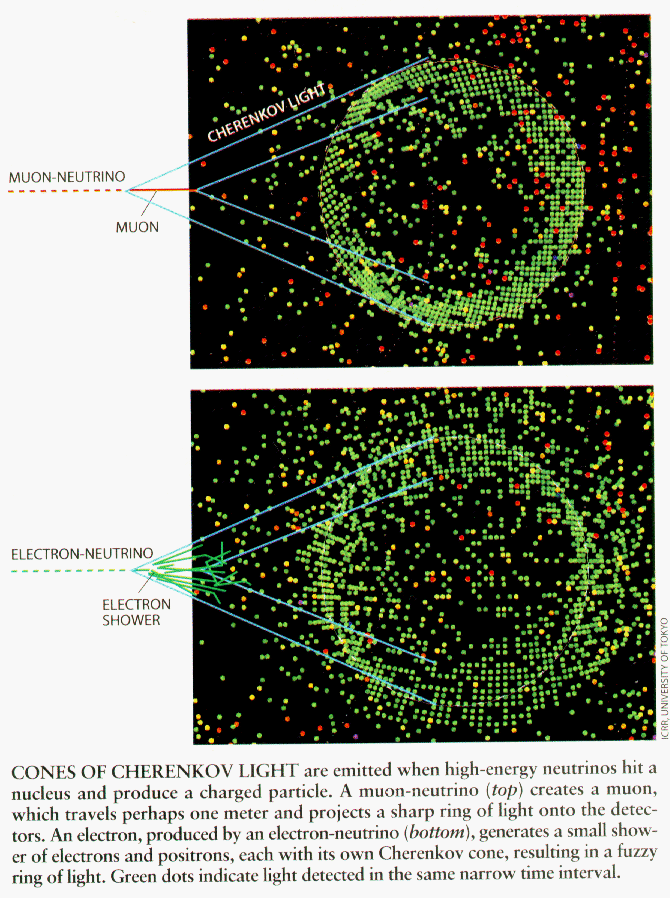
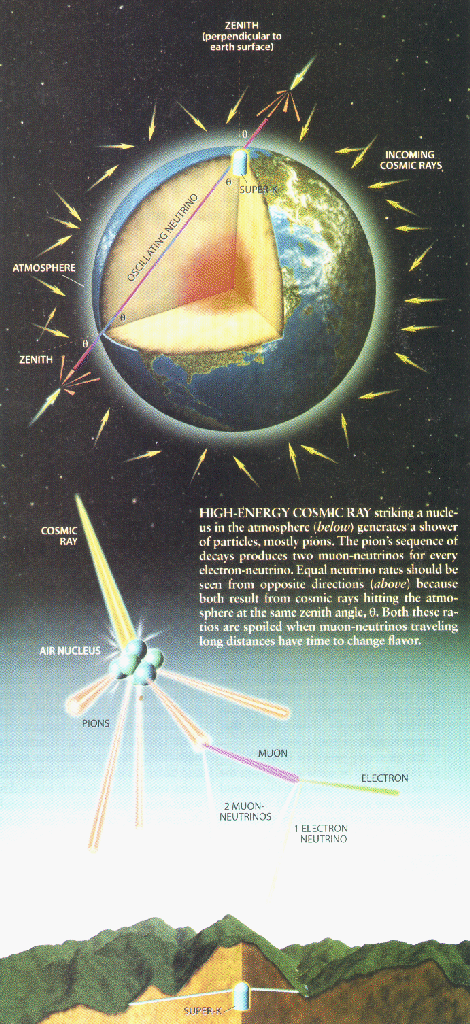
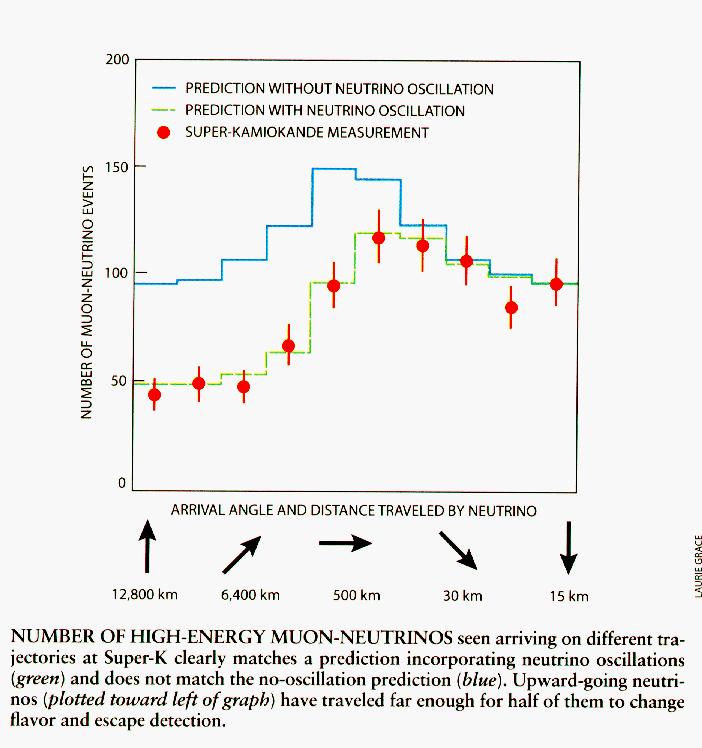
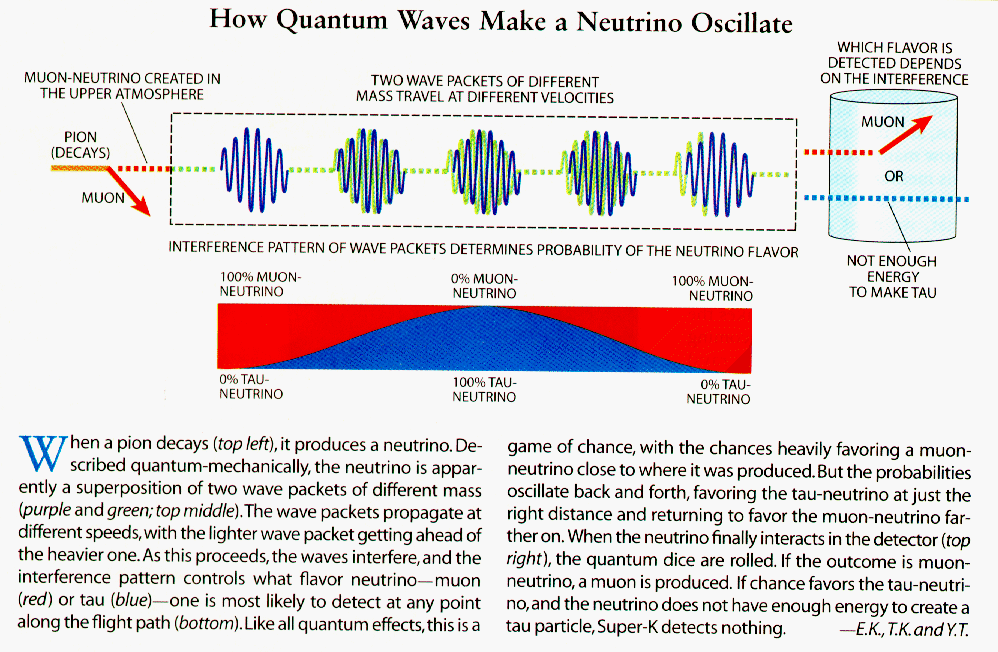
Excerpt from the Encyclopedia Britannica without permission.